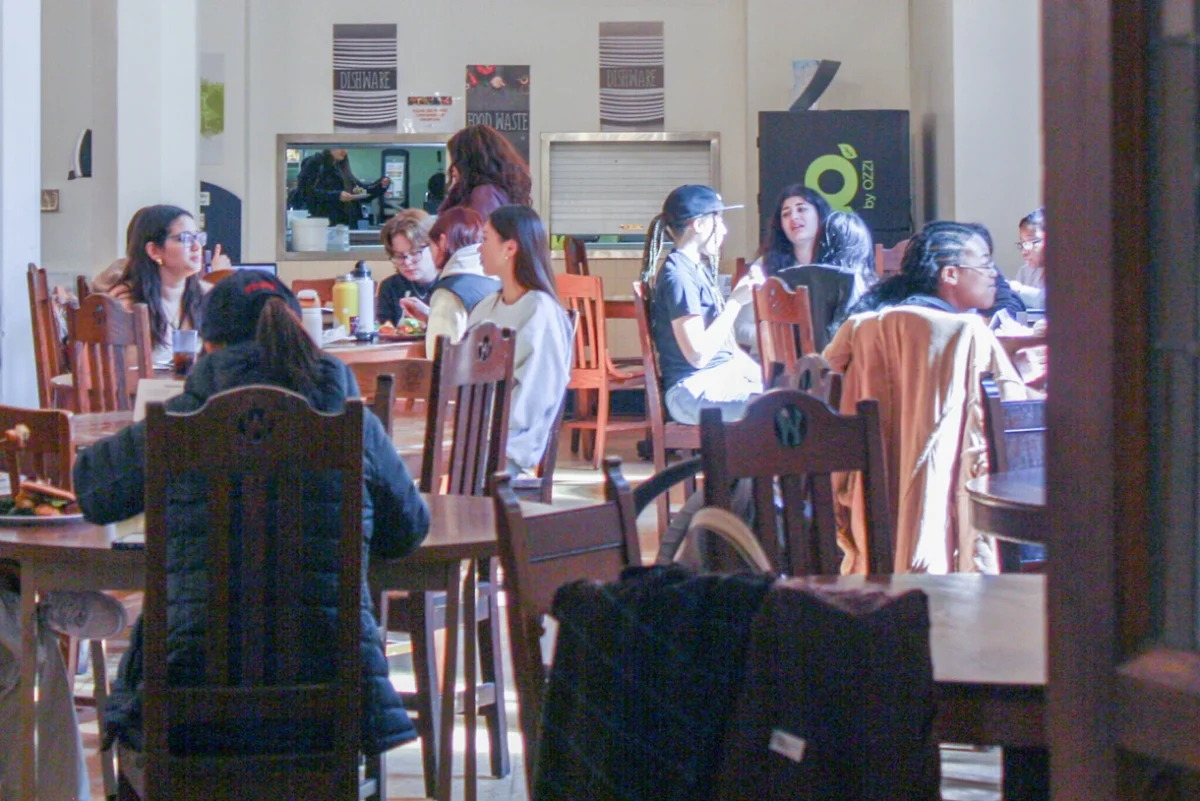By STEPHANIE GALL ’14
Staff Columnist
The Museum of Science unveiled its most recent permanent exhibit, “The Hall of Human Life,” last Saturday, Nov. 16. The exhibit, which spans 10,000 square feet, is the largest permanent exhibition to be introduced to the museum since the 1990s.
“We always think externally about environments, but our primary environment is our own body, our own biology,” said Elizabeth Kong, manager of “The Hall of Human Life.”
Visitors exploring the exhibit participate in interactive activities and even have the opportunity to participate in current research projects. While “The Hall of Human Life” concentrates on the human body’s biology, it also invites visitors to discuss the implications of health science and the intersection of science and social values. The variety of activities the exhibit has to offer engage clinicians, researchers, volunteers and visitors alike.
The exhibit is organized broadly into five different environments: physical forces, organisms, food, time and communities. These environments help visitors understand how we affect our environment and also how the environment affects us. In the food environment, visitors can learn about the mass production of food and how evolution can drive our food preferences. The organism environment explores the organisms living around us, like our pets, other animals and microorganisms as well. Then, venturing into the time environment, visitors learn how cells know when to divide or stop dividing and how age affects our ability to keep our balance.
The environments also challenge visitors to think about science on a social and personal level. For example, in the time environment, visitors are invited to think about the implications of personalized medicine—the idea that diagnoses should be based on individual’s unique genetic characteristics—as a possibility for future generations. And in the community environment, visitors can question how social networking might affect our brains. Using the example of the amygdala, a brain region known to be associated with responding to emotions like fear, Kong provides examples of questions the community environment might provoke: Does a high level of activity in social media cause parts of the brain like the amygdala to grow, or do people with larger amygdalas tend to have more complex social networks?
While visiting the museum, visitors don’t just learn about science. They actually engage in scientific research. “Boston is such a wonderful epicenter of scientific groups of different disciplines,” Kong said. “We want to start opening people’s perception of various types of research.” “The Hall of Human Life” draws upon Boston’s scientific talent by inviting researchers into the exhibit to discuss their research and letting visitors take part in the scientific process by participating in studies as control subjects.
“There is such a huge gap between what is going on in basic or biotech research and what the general public knows about or understands,” Kong said. “We asked: how do we bridge that gap? We have scientists conducting research in ‘The Hall of Human Life,’ collecting control data from the public. This adds to the natural progression of people wanting to learn more about what researchers are exploring and is a source of inspiration to kids and adults. We want people to become truly engaged and involved.”
In addition to participating in real research projects, visitors can also collect data on their own activities during their museum visit. Upon entering “The Hall of Human Life,” each visitor receives a wristband with an anonymous bar code. As the visitor goes through the exhibit, exploring topics like how easily distracted he or she is or the efficiency of his or her walk, the bar code records the results. “When you go home,” Kong explained, “you can see your own results from your activity. You can type in that unique barcode number and see everything you did at the museum compared to other visitors. This takes engagement to a new level.”
Collecting personal data also generates conversation, a primary goal of the exhibit. In the “Provocative Questions” area, visitors discuss a topic concerning an area of science still open to debate. “The strength of science is that it can tell you quite a bit, but also there is strength in understanding its limitations,” Kong said. “There are questions where science cannot provide a yes or no answer.” For example, the current topic concerns whether parents should know the genome of their child. “Even after just ten minutes of conversation,” Kong stated, “people said they were more willing to listen to the opposite side of polarizing topics than when they began.” The topic will change every six months, illustrating just one of the many ways in which the exhibit is a dynamic and evolving new addition to the museum.




